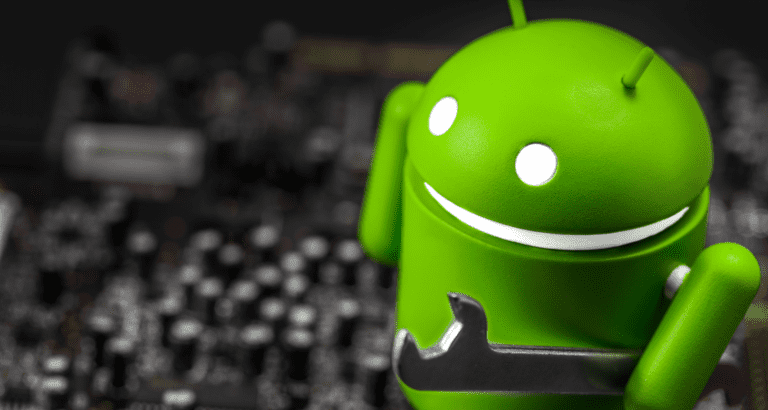Android applications have been run on Windows for a while now. However, thanks to a new update, the user experience has improved a lot with the July 11 Preview.
The official name for this tool is Windows 11 Subsystem for Android, or WSA for short. Setting up compatibility with Android apps takes some work, but fortunately we explained how to do it.
Tip: How-to: run Android apps on Windows 11 in the EU
The updates
The updates are plentiful. First off, there’s the promise of greater compatibility with cameras, which was a stumbling block for some apps running on the subsystem. Fullscreen mode now has a taskbar in hover mode, improving the touchscreen experience. In addition, it is now possible for WSA Android apps to connect to each other within a network. Also, OneDrive folders are readable within the application, which previously did not always work. Furthermore, WSA will now let you know if an app wants to use permissions that are not supported by the subsystem.
Picture-in-picture is said to be improved as well, and includes new UI buttons. Ultimately, running Android apps on Windows feels somewhat less refined than running a native app, but tweaks like this can slowly bridge this gap. However, running just about anything through a compatibility layer (such as emulation) involves a higher demand on hardware due to the increased overhead.
A major improvement is the increased stability for ARM-based devices. The previous challenges in this area were somewhat ironic, since Android phones almost all run on this architecture. For devices with 16GB of system memory or more, partially-running mode is now possible, something unavoidable on Android mobile devices. This is because mobile devices have a strong focus on efficiency, whereas this form of Windows compatibility did not yet support that kind of tight integration with the hardware. The Linux kernel within WSA is now 5.15.104.
Finally, the update comes packaged with a security fix, which Microsoft did not share any further details about.
